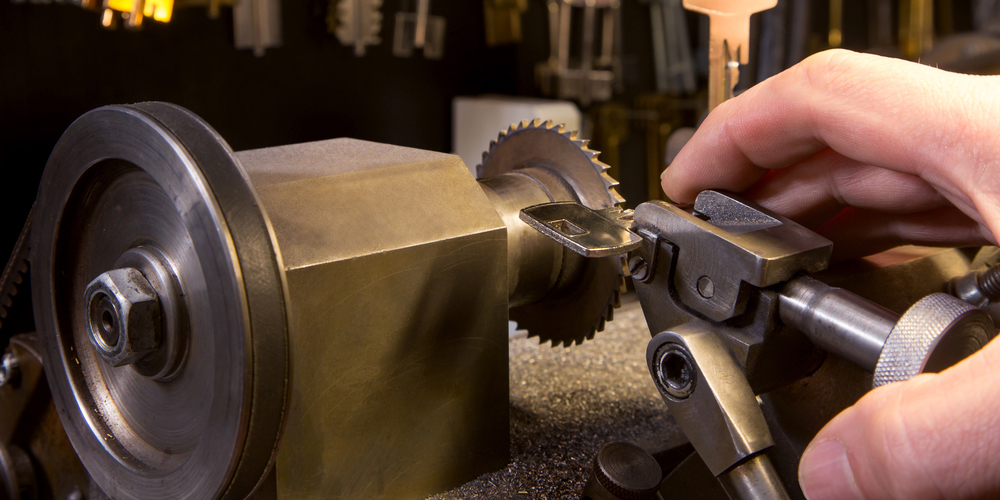Main Wood Joinery Techniques You should Know
- By : Adam
- Date :

If you are a woodwork aficionado and want to create something miraculous that everyone will appreciate then you should sharpen the basic carpentry skills and master the joinery techniques. If you want to gain knowledge, this is the list of different types of joints. The joinery jobs London are performed by the professional carpenters and find below elaborately about the process followed by these carpenters.
Types of joints used in joinery:
There are six different types of joints used in joinery jobs.
1. Edge joint
This is the simplest joining type where the piece of wood is joined with another one side by side. In this case, the parts need glue. The quality of the glue will determine whether the joints are strong enough or not. This technique is used when the carpenters need a flat surface much larger than the timber area. In fact, to fill the voids and cover the blanks, joining is a good technique. After the glue is applied on the sticking surface, the ply boards are clamped together tightly so that the air bubbles can escape and the glue can fix both the surface tightly.
2. Miter joint
Every carpentry and joinery jobs need this type of joinery techniques to create an edge or turn in the design. In this case, two different wood planks are cut in an angle so that they can be joined in a slanted way. The joining parts can create any angle as per the design specifications. This is a type of joint used where the strength of the structure is not a critical issue. For an instance, a side of the frame is a miter joint.
3. Butt joint
One end of a piece will touch another piece to form a right angle. Both the ends are fixed with nails and screws as the glue will not hold them tightly enough.
4. Dovetail joint
The ends of two pieces are cut into small teeth like shapes in such a way that each other will set properly to form an angle joint. This technique is used to create strong joints. The surfaces are glued to fix. It is an interlocking technique that creates a very strong joint.
5. Mortise and Tenon joint
It is a clever way to join two different pieces of wood by creating a cleavage in one piece. The same depth is mimicked by the other piece but in a protruded way. When the blocks are fixed, they get attached due to the same dimension. It is a typical lock and key approach where one part with the grooving is a lock and the one with the protrusion is the key.
6. Dado joint
It is a type of joint where one piece of wood intersects midway with the other piece. A grooving is done to hold one end of the other piece.
In a nutshell
Woodwork and carpentry are intricate forms of art that can only be mastered when you learn how to take dimensions, how to cut them and join them to form a solid piece.
Post free job to find a joiner near you









Pingback: Carpenter and Joiners in Nottingham | Affordable & Expert Service()